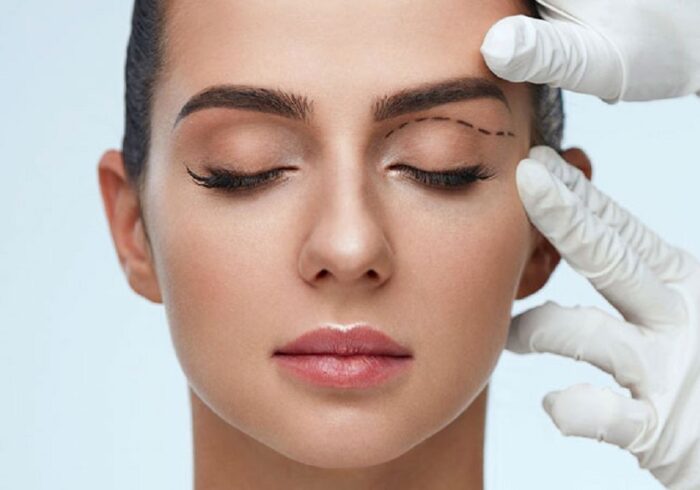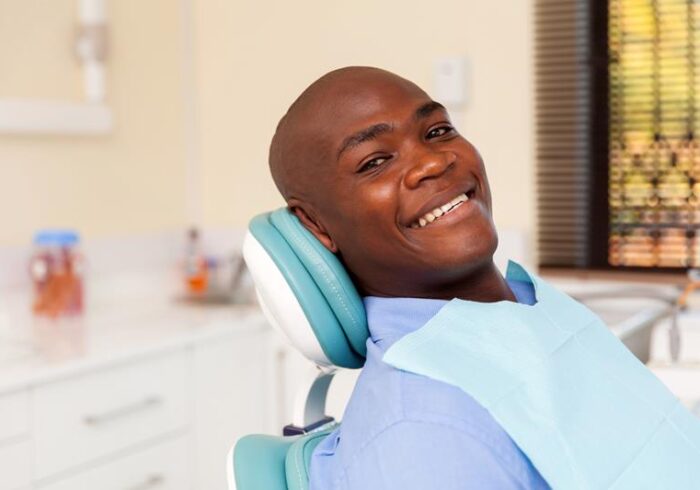What is it
The word torticollis comes from the Latin: “tortus” means “twisted”, and “collis” means neck. In torticollis, there is dystonia or sustained contracture of the neck muscles, usually the sternocleidomastoid, although the trapezius, the scalenes, or the angle of the scapula may also be affected. Excessive and abnormal muscle tone, often on one side, causes the head to be in an abnormal position.
The typical torticollis secondary to poor sleeping posture is relatively common and usually resolves on its own. However, there are forms of torticollis that can affect children from birth or adults chronically.
These cases are less frequent; congenital torticollis affects between less than 1% and up to 4% of children if milder cases are included.
Congenital torticollis and other associated problems in children who suffer from it can cause various problems in them, so they must be evaluated and treated from the beginning of the diagnosis.
Causes
The causes of torticollis are multiple, but all of them can be summed up in the existence of a sustained contracture of the muscles on one side of the spine that generates cervical deviation. According to Hernández Herrero, the cause itself will depend on the type of torticollis:
- The congenital ones usually associate shortening of the sternocleidomastoid.
- The dystonic are due to a dysfunction of the nervous system.
- The simple ones are due to contractures due to bad postures
Symptoms
The symptoms of torticollis are easy to detect. Typically, patients experience neck pain, limited movement in the neck area, and stiffness of the sternocleidomastoid muscle. In addition, an abnormal posture of the head is observed.
Other characteristic symptoms of torticollis are usually a headache and a slight tremor of the head and swelling of the neck muscles, which causes limitation in movement.
Prevention
Since this pathology is normally acquired by poor posture, it is recommended to take special care in situations that can cause it, such as using pillows that are too high or low at bedtime.
In addition, it is advisable to pay special attention when carrying out daily activities such as spending a lot of time talking on the phone with a forced and not very ergonomic posture or if we carry out sudden movements of the neck.
Relaxation techniques and regular stretching of the cervical area reduce the danger in patients prone to it.
Types
torticollis due to dystonia, or due to bone pathology problems of the cervical spine and secondary to injuries that they grow at the level of the neck (nodes, abscesses due to infections…)”, indicates the member of the Sermef Board of Directors.
Diagnosis
What can be more complicated is differentiating the cause of the torticollis, that is, why the muscle contracture has occurred, says Hernández Herrero.
However, with a physical examination, it is easy to determine the appearance of torticollis. This examination will reveal an incorrect position of the head and shortening and stiffness of the neck muscles.
This test will show three possible causes of the torticollis:
- An abnormal position of the head causes the head to tilt or tilt forward or backward.
- Muscles in the neck that are longer or shorter than normal.
- The whole head turns to one side. This represents the most serious case.
Treatments
“Depending on the etiology, treatments for torticollis can range from stretching exercises of the cervical muscles, the use of mild dry heat to help relax the muscle, to the use of botulinum toxin to stop the sustained contraction of the dystonic muscle. , or physiotherapy to try to stretch the muscle of the newborn with congenital torticollis ”, details Hernández Herrero.
Pain relievers and muscle relaxants can also be used.
According to this rehabilitation doctor, “ the use of a collar is not usually effective in the treatment of torticollis. In fact, many times if the contracted muscle is the trapezius, it can even be counterproductive because the collars tend to put pressure on this muscle. Sometimes, after some treatments, collars can be used to maintain the normal position recovered with the treatment”.





